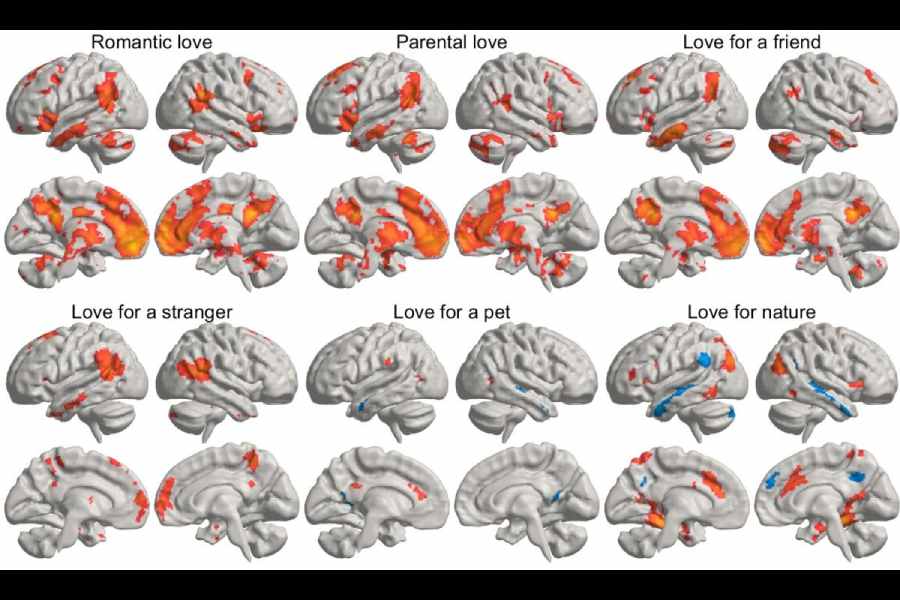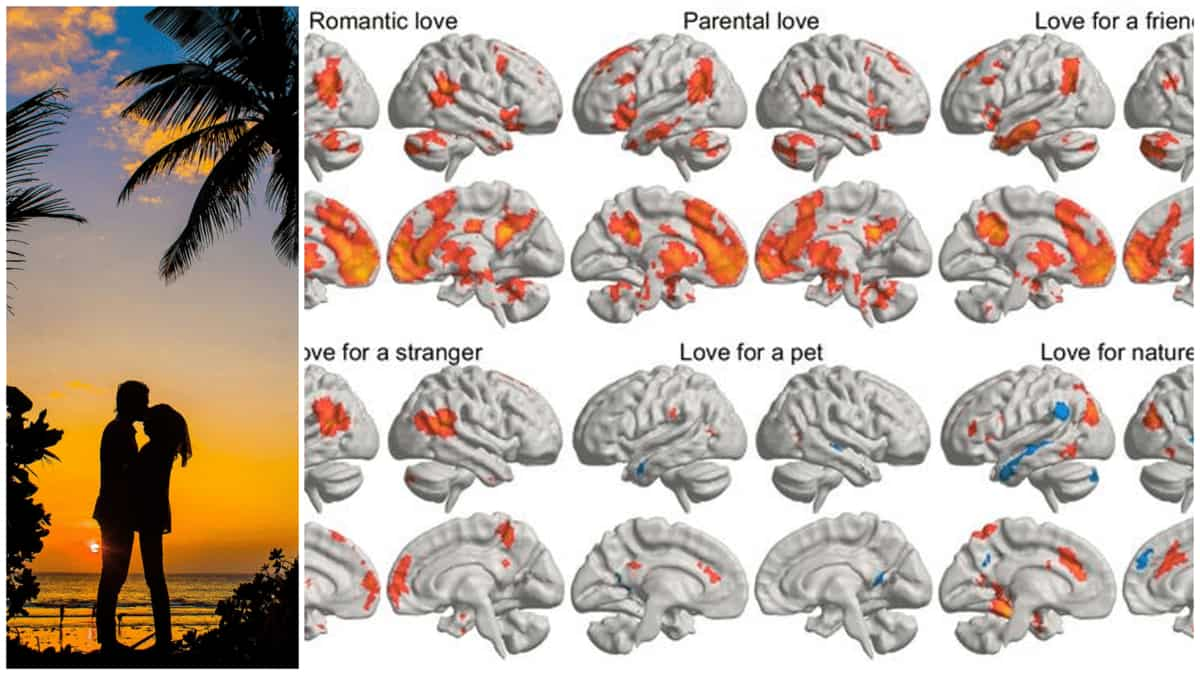Scientific research has discovered how different types of love affect the human brain. By employing advanced imaging techniques, researchers have identified distinct patterns of brain activity associated with various forms of love ranging from parental and romantic love to love for pets and nature. This study was published in the journal Cerebral Cortex.

Also Read: Microplastics are Increasingly Infiltrating our Brains, Study Says
The objective of the study was to explore how different types of love activate various regions of the brain. The researchers aimed to differentiate between the neural responses associated with different forms of love such as parental love, romantic love, love for friends, love for strangers and love for pets and nature.
The study involved 55 parents who self-identified as being in loving relationships. These participants were chosen to ensure a broad representation of different types of love experiences.
The researchers used functional magnetic resonance imaging (fMRI) to monitor brain activity while participants contemplated brief stories designed to evoke specific forms of love.
The scenarios presented to the participants ranged from seeing their newborn child for the first time to spending time with a pet.
To explore how these different types of love light up the brain, the researchers presented fifty-five participants with brief scenarios designed to evoke specific emotions.
Each participant, who self-identified as being in a loving relationship was asked to imagine the emotions associated with these scenarios while undergoing fMRI scanning.
For example one scenario depicted a parent seeing their newborn child for the first time, a moment that evokes love and awe.
By analyzing the brain activity during these imagined emotional experiences, the researchers could identify the specific regions involved in each type of love.
The study revealed that love regardless of its type tends to activate several key areas in the brain. These include the basal ganglia, the precuneus, the temporoparietal junction and regions in the midline of the forehead. These areas are associated with social cognition, emotional processing and reward mechanisms.
The study found that parental love generated the most intense brain activity among all forms of love. When participants were asked to recall the moment they first saw their newborn child, the brain’s reward system was deeply activated.
The basal ganglia and striatum areas associated with reward processing. This intense activity shows the emotional connection and sense of reward associated with parental love.
Romantic love triggered strong brain activity similar to that seen with parental love. The participants’ responses to stories about their romantic partners activated the brain’s reward system.
Although slightly less intense than parental love, romantic love still engages similar brain regions indicating that the brain processes both types of love with a high level of reward and emotional significance.
Also Read: World’s Fastest Microscope Captures Electron Movements in Detail
The study revealed that love for friends activated the brain’s reward system, but with less intensity than parental or romantic love. This suggests that while friendships are emotionally rewarding, they may not elicit the same level of neural activity as closer interpersonal bonds.
The activation of brain regions associated with social cognition such as the temporoparietal junction was observed indicating that friendship love is deeply rooted in our social interactions.
Compassionate love for strangers though still activating the brain’s reward system resulted in lower levels of brain activity compared to love for close relationships.
This finding underlines the difference in how the brain perceives and processes love for known versus unknown individuals.
The brain regions activated by compassionate love were similar to those triggered by other forms of interpersonal love, but the intensity of activation was weaker.
Love for pets among pet owners showed a unique pattern of brain activation. The brain areas linked to social cognition were more activated in pet owners compared to non-pet owners indicating that the bond between humans and pets is neurologically similar to interpersonal love.
Love for nature activated the brain’s reward system and visual areas, but not the social brain regions. This suggests that the appreciation and emotional response to nature are processed differently by the brain.
The findings indicate that while nature can evoke a strong emotional response, the neural mechanisms involved differ from those associated with human or pet love.
This research also raises important philosophical and ethical questions about the nature of love, consciousness and human connection.
By revealing the neural similarities between different types of love, the study challenges traditional notions of love as a purely personal or subjective experience.
Also Read: Australia Approves $19 Billion Solar Project to Export Green Energy to Singapore

.jpg.jpg?quality=75&width=1200&auto=webp)





















